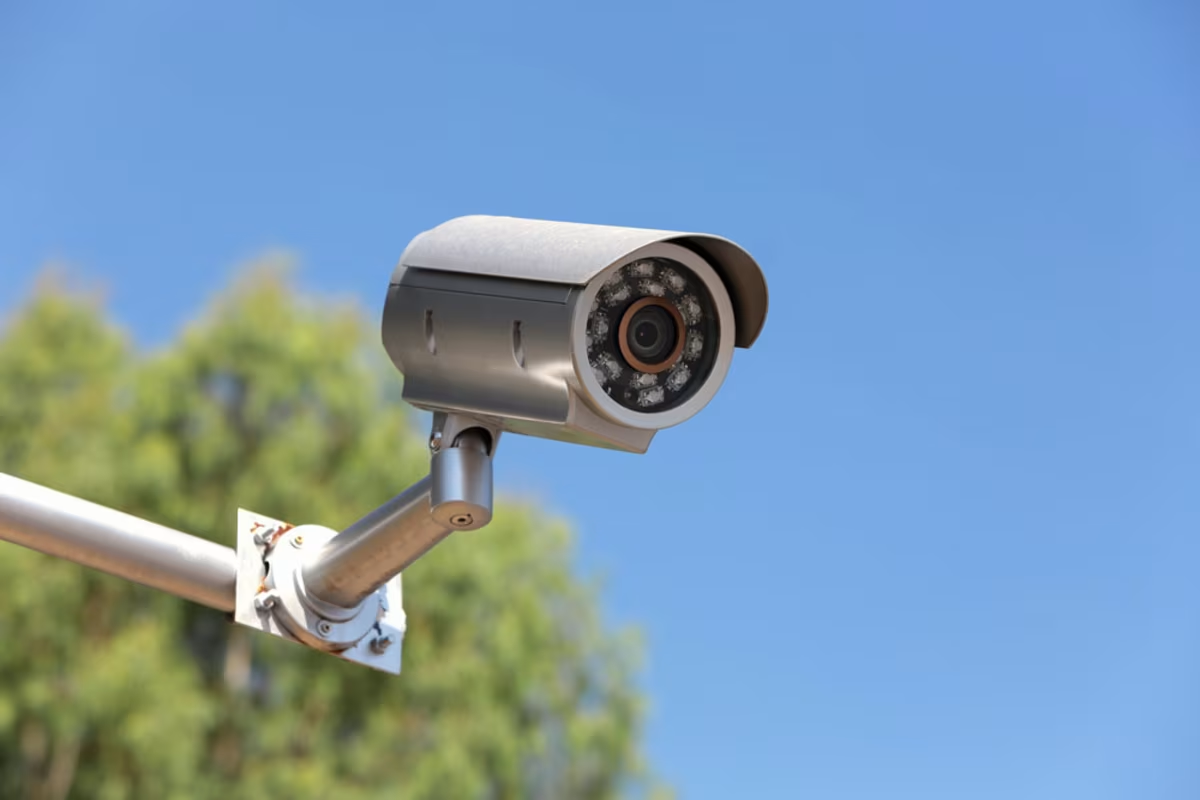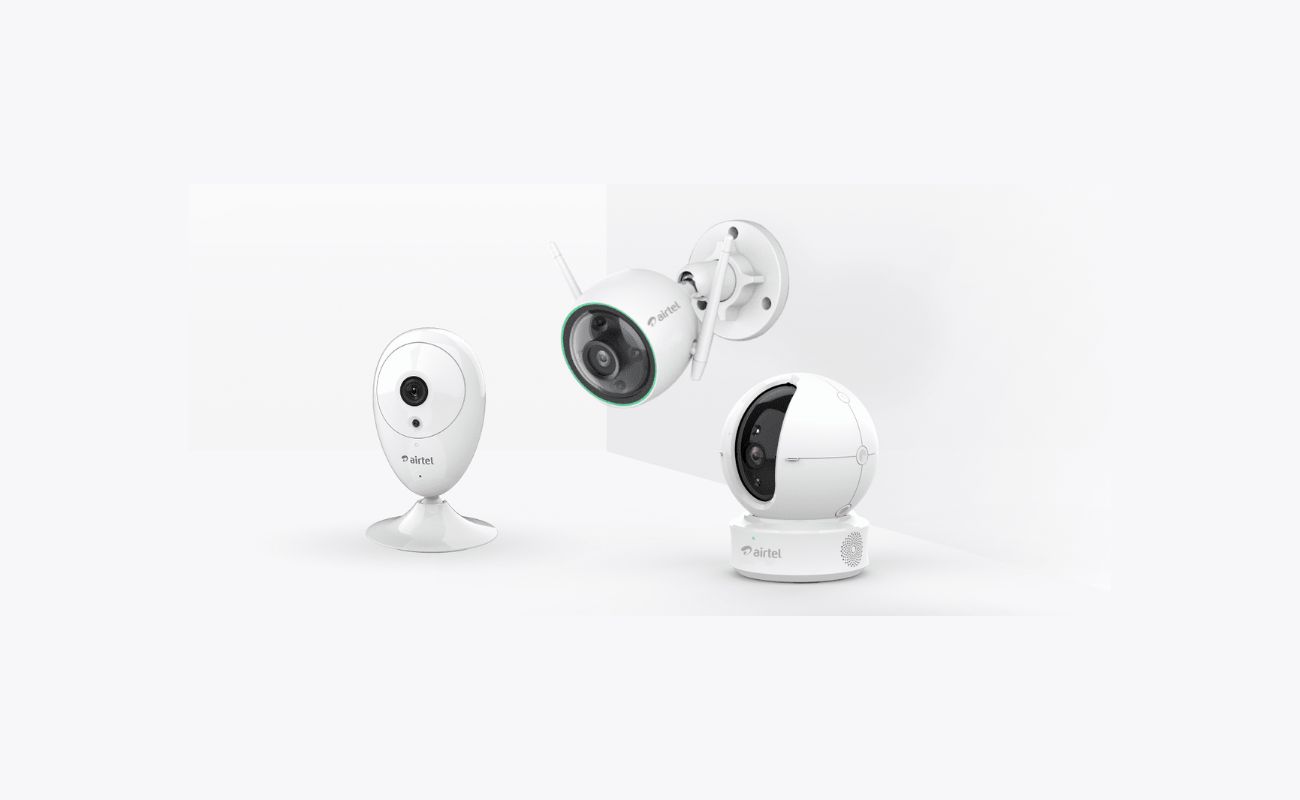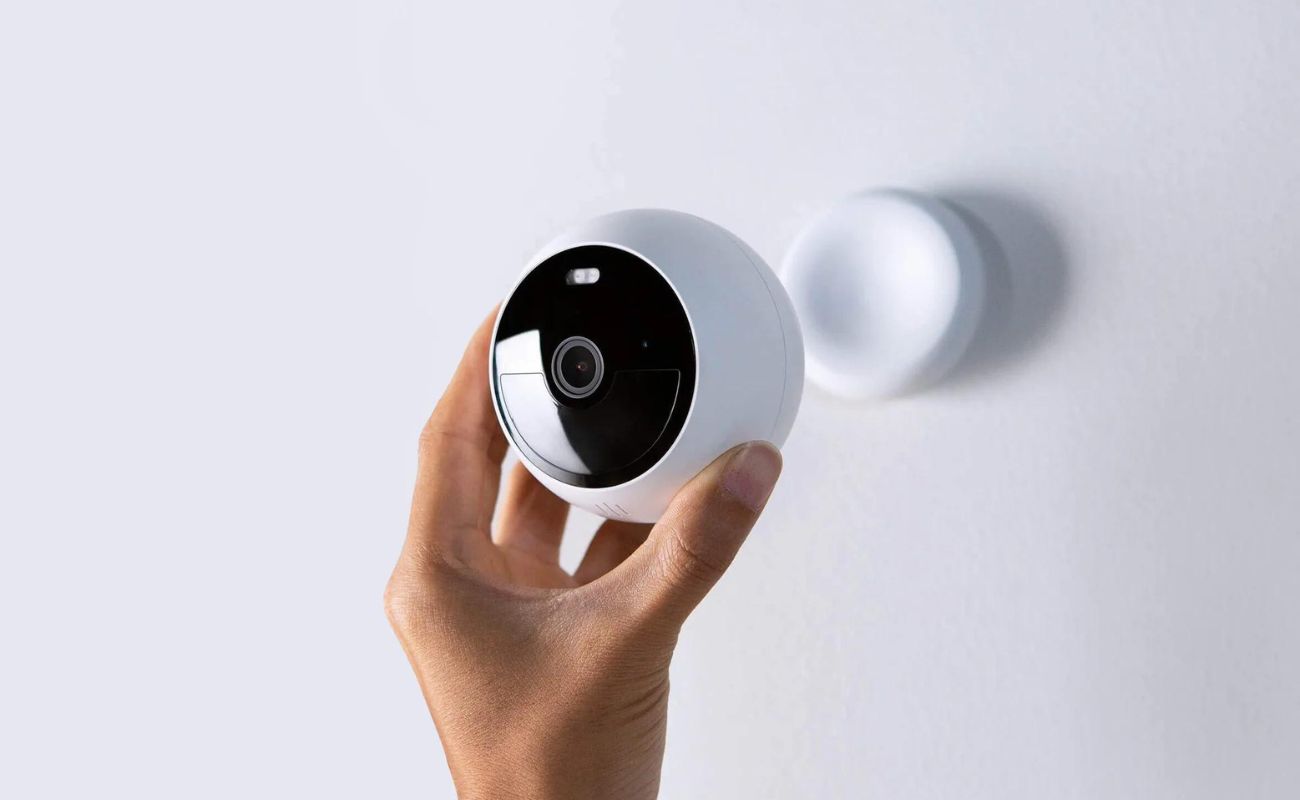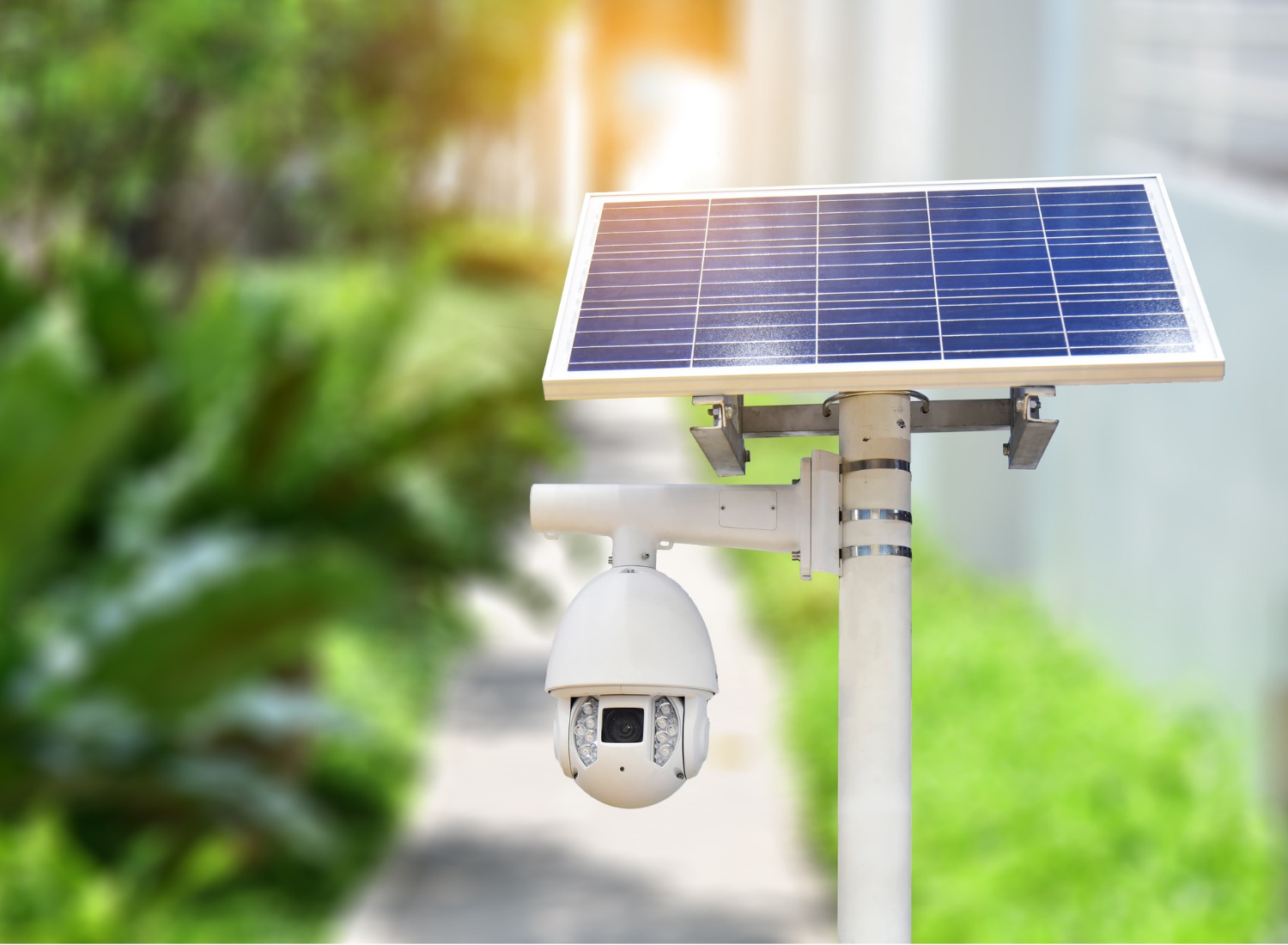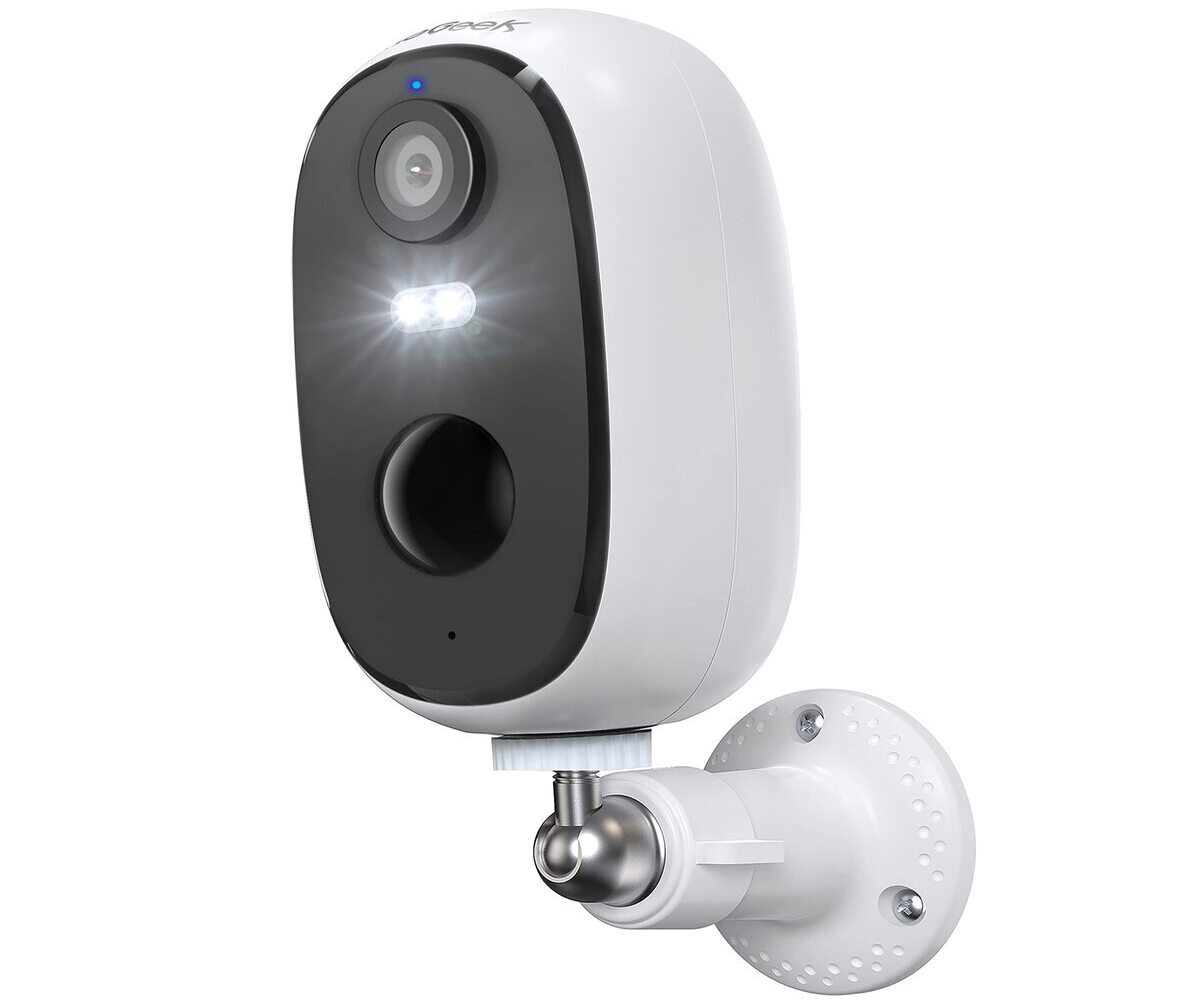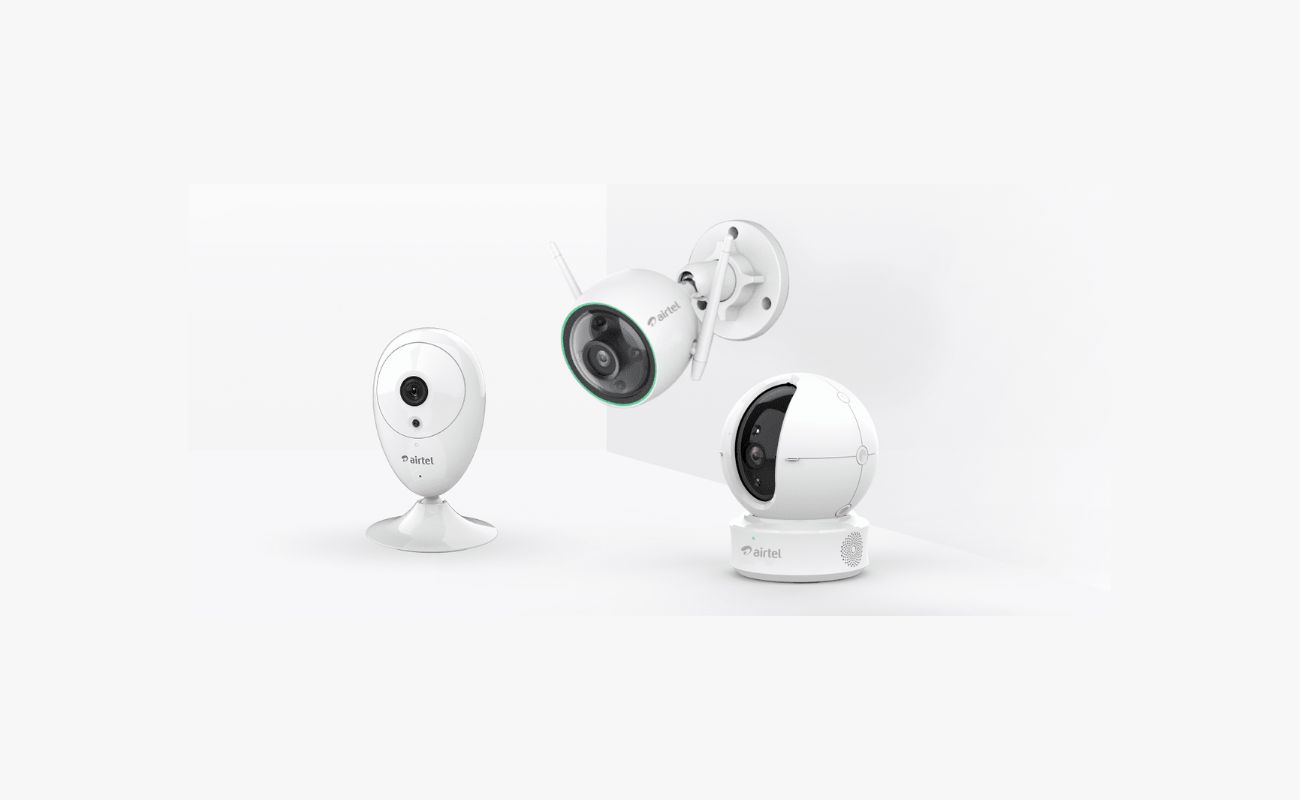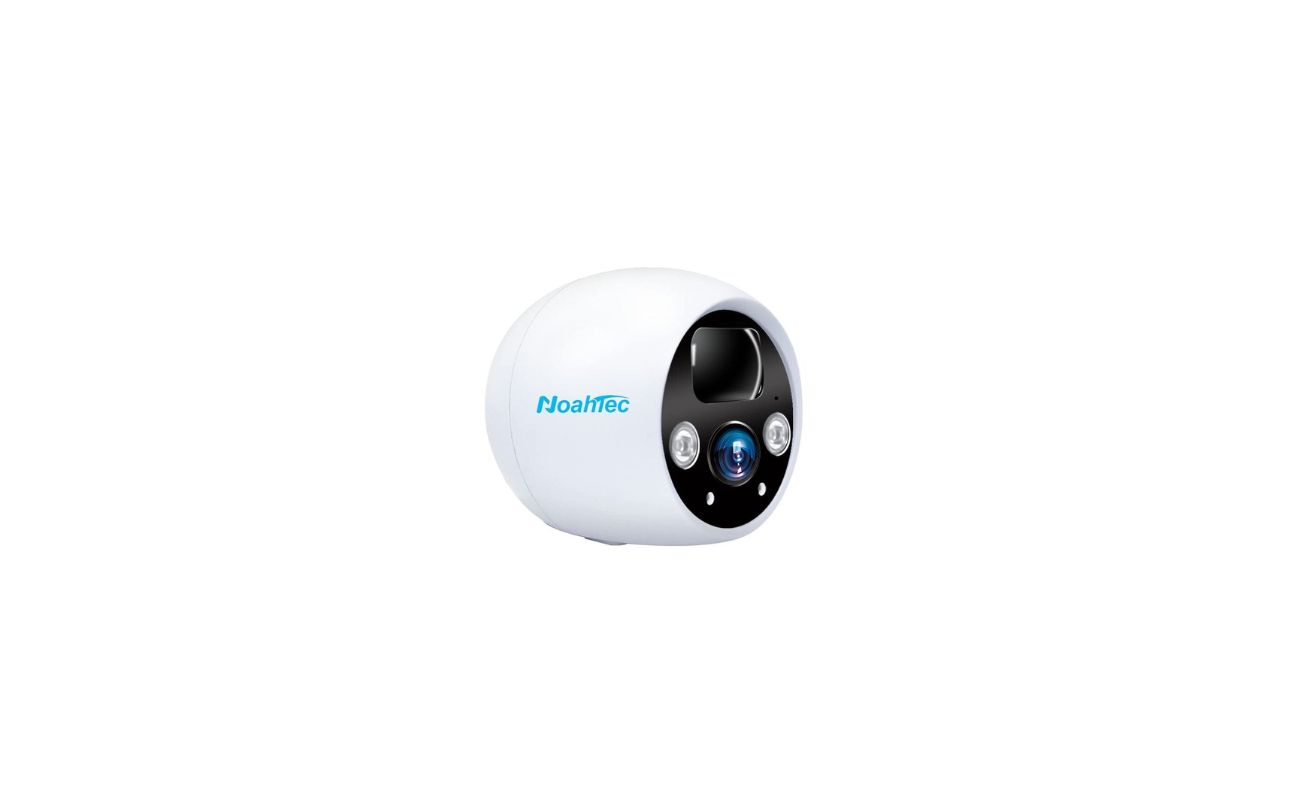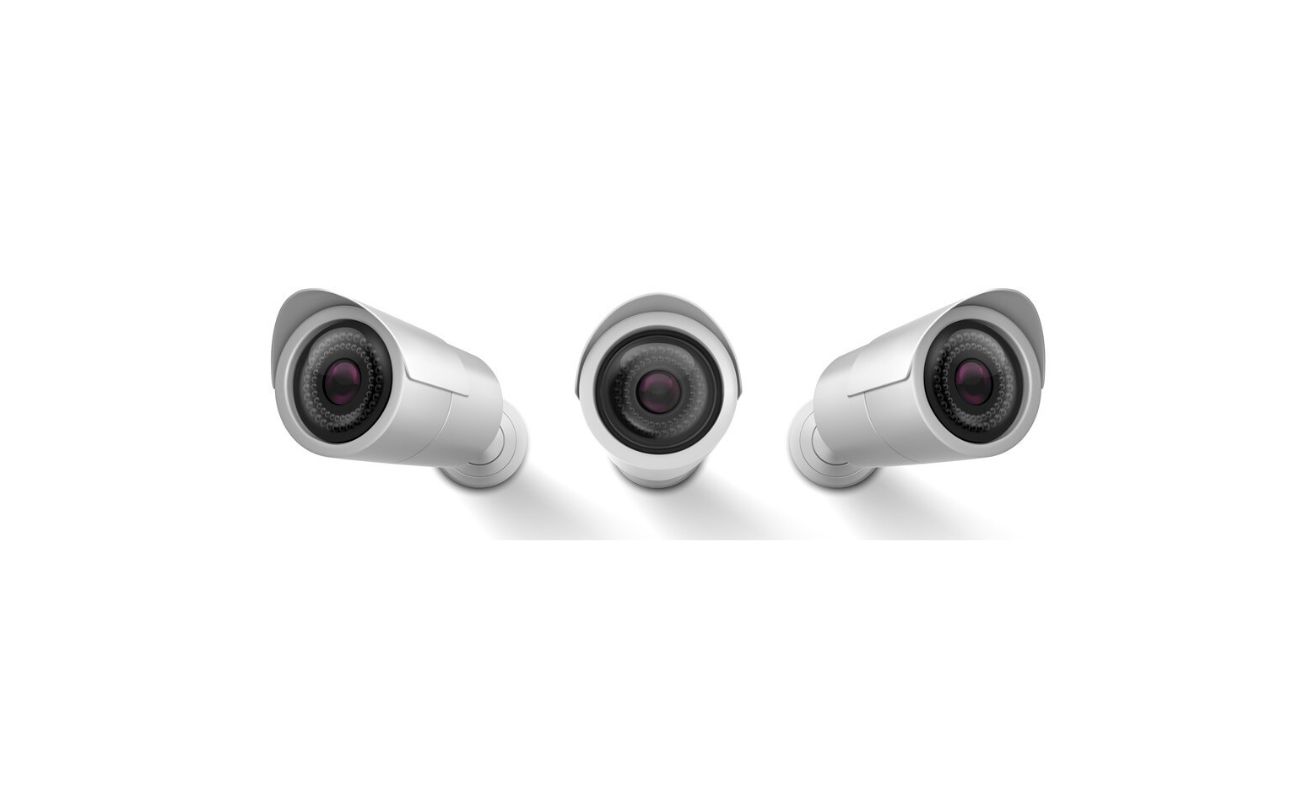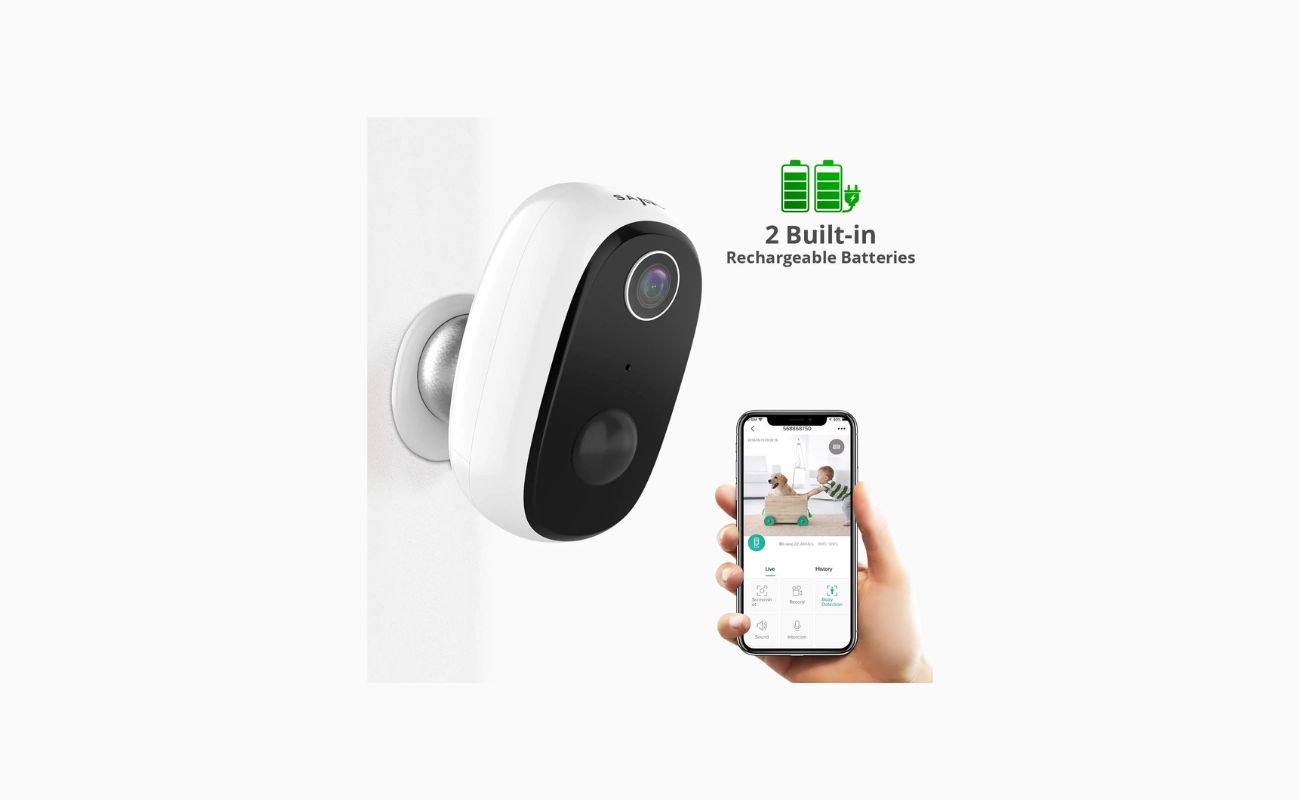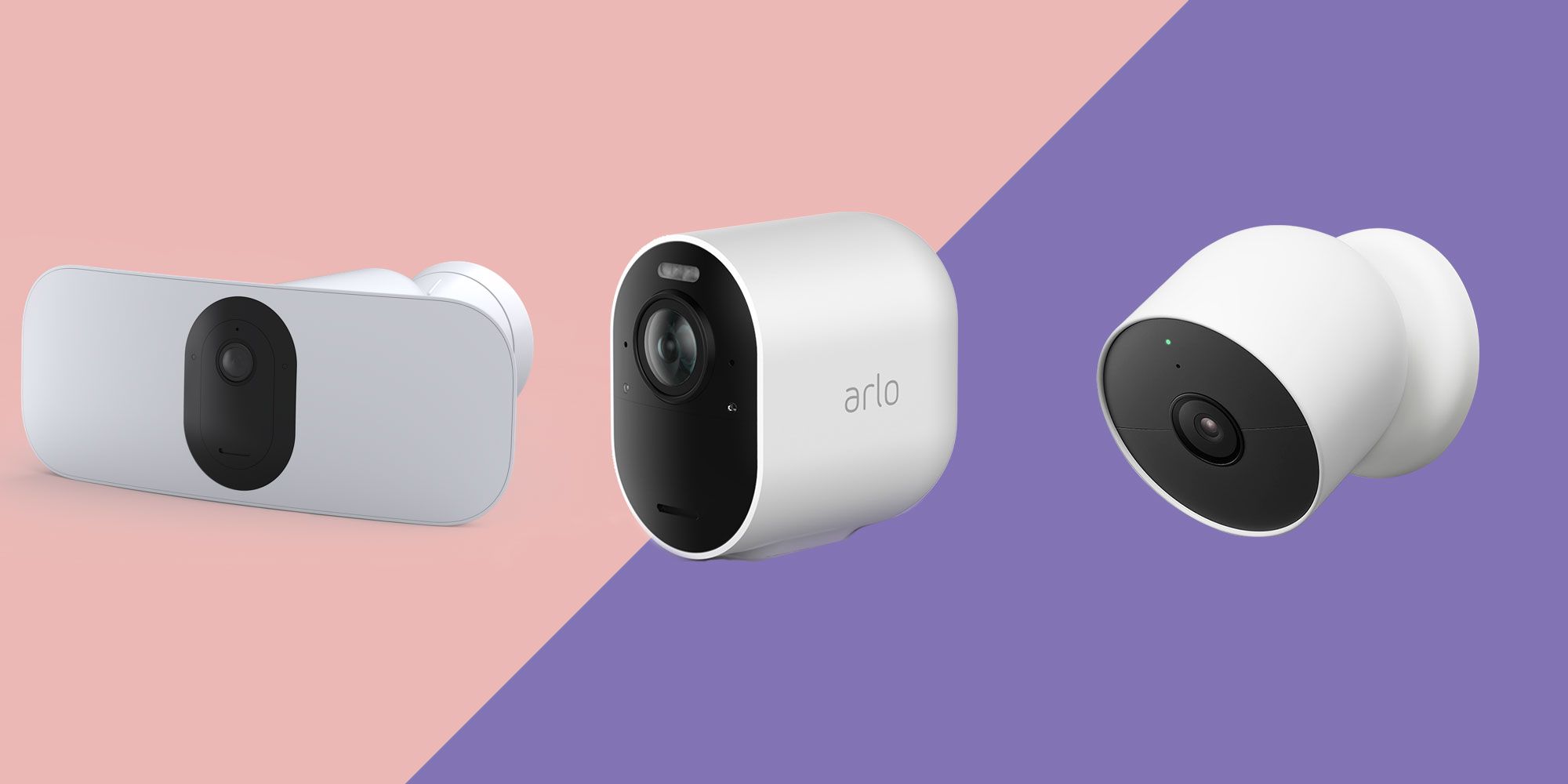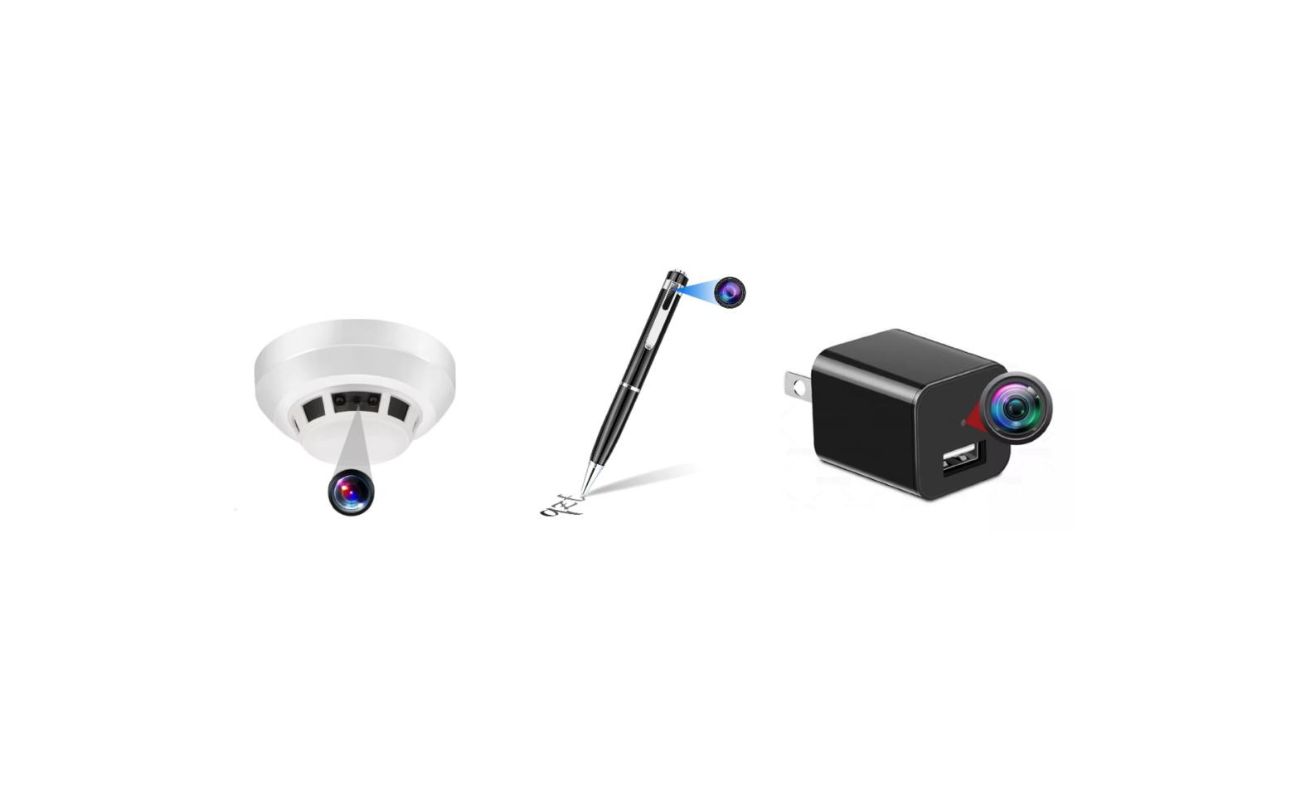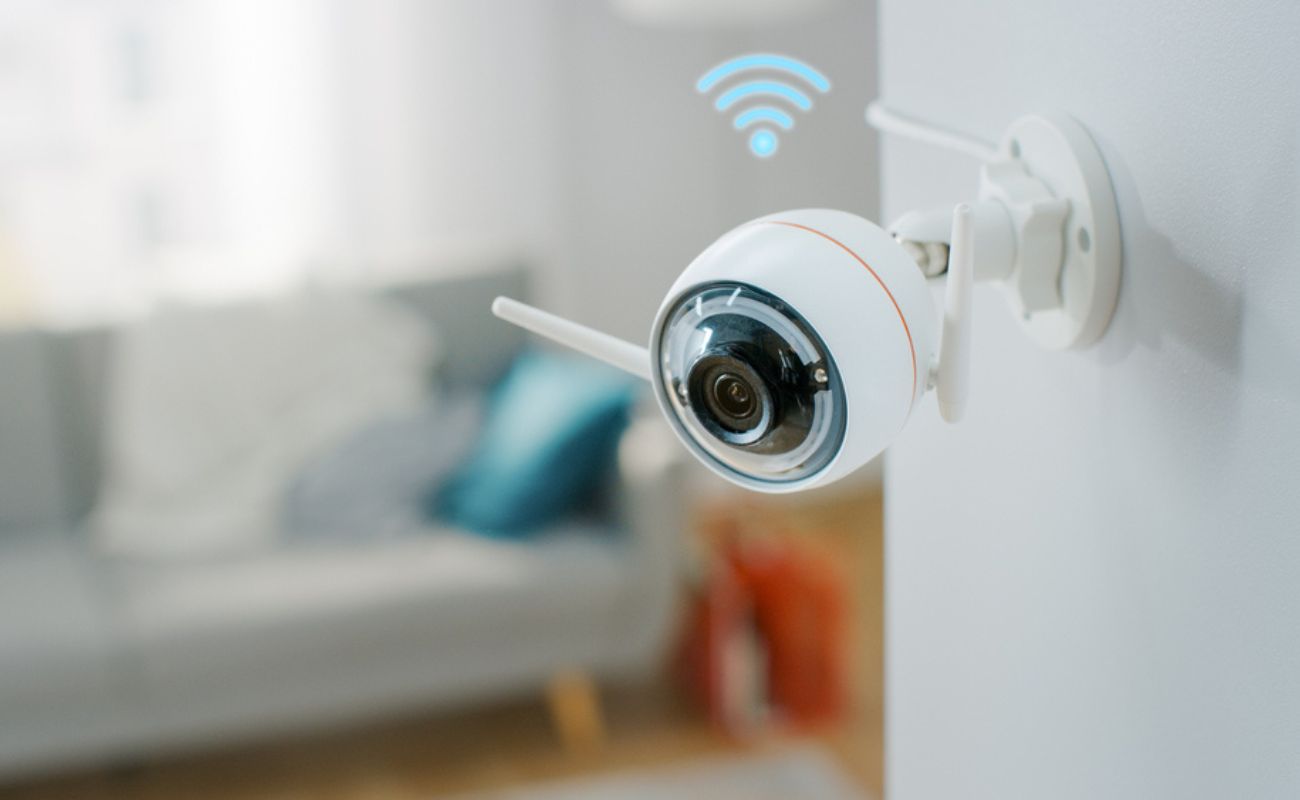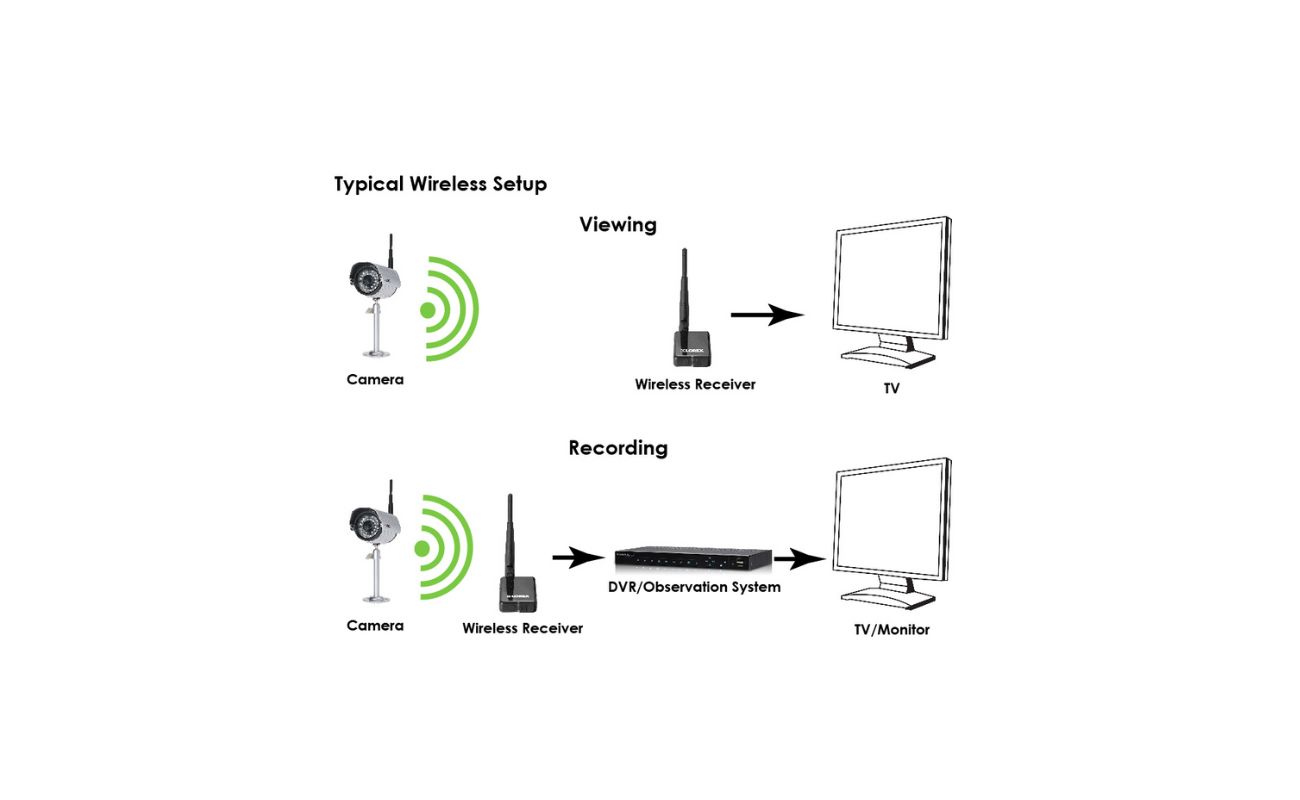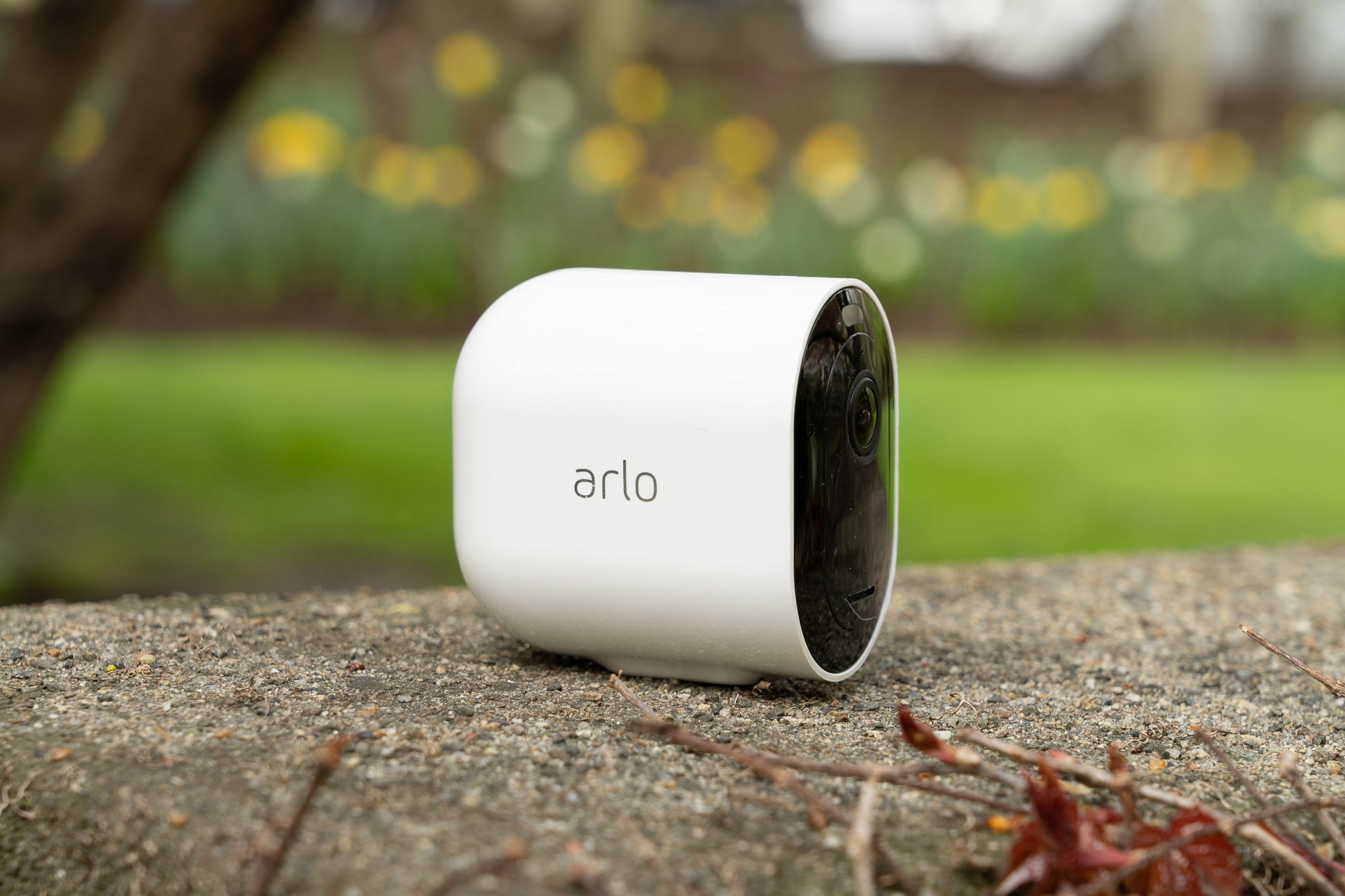Home>Home Security and Surveillance>How Do Wireless Security Cameras Get Power?
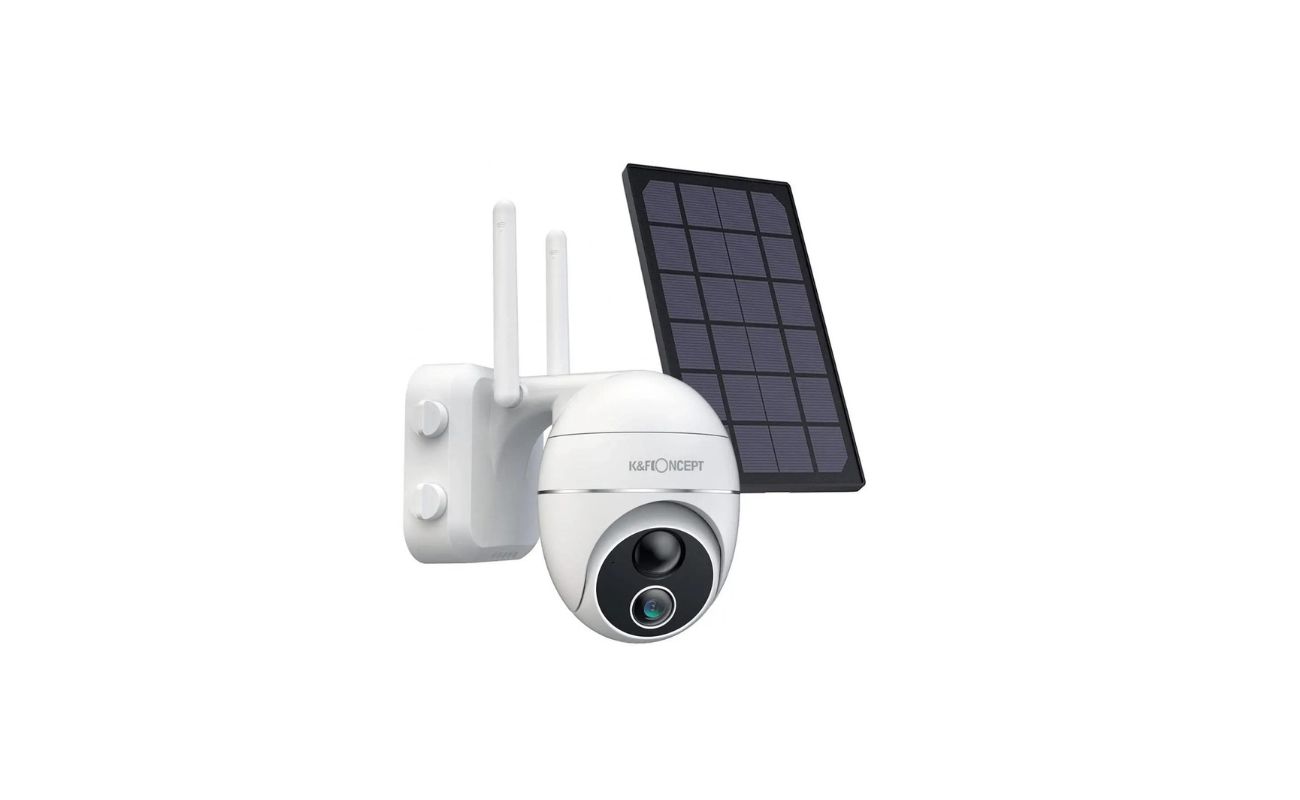

Home Security and Surveillance
How Do Wireless Security Cameras Get Power?
Modified: March 6, 2024
Learn how wireless security cameras receive power and enhance your home security and surveillance with our comprehensive guide.
(Many of the links in this article redirect to a specific reviewed product. Your purchase of these products through affiliate links helps to generate commission for Storables.com, at no extra cost. Learn more)
Introduction
Welcome to the world of home security and surveillance! In an era where safety and protection are paramount, wireless security cameras have become an indispensable tool for homeowners. With their ability to monitor and record activities in and around the house, these cameras offer a peace of mind that is unmatched by traditional security systems.
But have you ever wondered how these wireless security cameras get their power? In this article, we will explore the different methods that enable these devices to stay operational, ensuring round-the-clock surveillance and protection for your home.
From battery-powered cameras to solar-powered options, as well as plug-in and PoE (Power over Ethernet) models, there are various ways to keep your wireless security cameras powered up. Let’s take a closer look at each of these methods and how they work.
Key Takeaways:
- Embrace the Power of the Sun: Solar-powered wireless security cameras offer sustainable and independent surveillance, perfect for remote areas. Just ensure they get enough sunlight for continuous operation.
- Simplify Installation with PoE: PoE wireless security cameras streamline installation with a single cable for power and data, offering scalability and remote access. Ideal for seamless integration into existing network infrastructure.
Battery-Powered Wireless Security Cameras
Battery-powered wireless security cameras offer convenience and flexibility in terms of installation. These cameras operate on rechargeable batteries, eliminating the need for complex wiring or access to a power source. This makes them ideal for areas where running electrical cables is challenging or not possible.
One of the key advantages of battery-powered cameras is their portability. You can easily place them in any desired location, whether it’s indoors or outdoors, without worrying about power outlets or cables. This flexibility allows you to monitor areas that are not easily reachable by traditional wired cameras.
To maintain the longevity of the batteries, most manufacturers have designed these cameras to conserve power when not in use. They often feature motion detection technology, which activates the camera when it senses movement. This ensures that the batteries are not depleted unnecessarily, prolonging their lifespan.
It’s worth noting that battery-powered cameras require regular battery checks and replacements to ensure uninterrupted operation. The frequency of battery replacement depends on the camera model, usage, and battery capacity. While some cameras come with batteries that last several months, others may need to be replaced every few weeks.
Overall, battery-powered wireless security cameras are a great option for easy, quick installation and flexible placement. They are ideal for renters, outdoor surveillance, or any situation where running electrical wires is challenging.
Solar-Powered Wireless Security Cameras
Solar-powered wireless security cameras are a sustainable and eco-friendly option that harnesses the power of the sun to keep them operating. These cameras are equipped with built-in solar panels that capture sunlight and convert it into electricity, which is then stored in rechargeable batteries.
The key advantage of solar-powered cameras is their ability to operate continuously without depending on external power sources. As long as there is sufficient sunlight, these cameras can remain functional day and night. This makes them particularly useful in remote areas or places with limited access to electricity.
Installing solar-powered cameras is relatively straightforward. You need to position them in a location where they receive optimal sunlight exposure throughout the day. It’s important to ensure that there are no obstacles blocking the sun’s rays, such as trees or buildings, as this can impact the camera’s performance.
Like battery-powered cameras, solar-powered models typically come with energy-saving features such as motion detection and sleep modes to optimize battery usage. This helps extend the camera’s operation during periods of limited sunlight or cloudy days.
While solar-powered cameras offer an environmentally-friendly power solution, it’s essential to consider the climate and weather conditions of your location. Areas with frequent cloudy or rainy days may not provide enough sunlight to sustain the camera’s operation, making them less efficient in such environments.
Nevertheless, solar-powered wireless security cameras are an excellent option for those looking for a sustainable and independent power source. They provide continuous surveillance without the need for battery replacements or connection to electrical outlets, making them a cost-effective long-term solution.
Consider using a wireless security camera with a rechargeable battery or a solar panel for power. This will provide a reliable and sustainable power source without the need for constant wiring or battery changes.
Plug-In Wireless Security Cameras
Plug-in wireless security cameras, as the name suggests, require a direct connection to a power source for them to operate. These cameras are typically designed to be plugged into a wall outlet or a power extension cord, providing a constant and reliable power supply.
One of the major advantages of plug-in cameras is that they eliminate the need for battery replacements or recharging. As long as they are connected to a power source, they can operate continuously without interruption. This makes them a great choice for areas where consistent surveillance is required, such as entrances, hallways, or high-traffic areas.
Plug-in cameras also tend to offer advanced features and higher video resolution compared to their battery or solar-powered counterparts. Since they are continuously powered, they can support features like continuous recording, real-time streaming, and advanced motion detection.
Installing plug-in cameras is relatively simple. You need to find a suitable location near a power outlet and ensure that the camera has a clear line of sight to monitor the desired area. However, keep in mind that these cameras require a steady power supply, so it’s important to avoid using extension cords that may cause power fluctuations or interference.
One drawback of plug-in cameras is their lack of flexibility in terms of placement. The need for a nearby power source limits their mobility and makes them less suitable for areas where traditional wiring is not feasible. Additionally, in the event of a power outage, plug-in cameras may lose their functionality temporarily.
Overall, plug-in wireless security cameras provide a reliable and uninterrupted power source for constant surveillance. They offer advanced features and are ideal for areas where continuous monitoring is required, such as entryways or areas with high foot traffic.
PoE (Power over Ethernet) Wireless Security Cameras
PoE (Power over Ethernet) wireless security cameras provide a convenient and efficient way to both power and transmit data to the cameras. With PoE technology, a single Ethernet cable is used to deliver power and network connectivity to the camera, eliminating the need for separate power cables and outlets.
The main advantage of PoE cameras is their simplicity and ease of installation. Since they only require a single cable for power and data, the installation process is streamlined, saving time and effort. This makes PoE cameras a popular choice for both professional installations and DIY enthusiasts.
Power over Ethernet cameras receive power from a PoE switch or injector, which is connected to the network. The PoE switch supplies power to the camera through the Ethernet cable, allowing for a reliable and continuous power source. This eliminates the need for an additional power supply or battery replacements.
In addition to the convenience of a single cable, PoE cameras offer other benefits. They can be easily integrated into existing network infrastructure, making them scalable and adaptable to future expansion or upgrades. PoE also allows for remote monitoring and control, enabling users to access the cameras from anywhere with an internet connection.
It’s important to note that for PoE cameras to work, both the camera and the switch or injector must support PoE. If your existing network equipment does not support PoE, you may need to invest in a PoE-enabled switch or use a PoE injector to integrate these cameras into your network.
Overall, PoE wireless security cameras provide a convenient and efficient solution for both power and data transmission. They offer simplified installation, scalability, and remote access capabilities, making them an excellent choice for those looking for a seamless integration into their existing network infrastructure.
Read more: How Do Wireless Security Cameras Work
Conclusion
Wireless security cameras have revolutionized the way we protect and monitor our homes. From battery-powered options to solar-powered models, plug-in cameras, and PoE technology, there are a variety of methods to power these devices and ensure uninterrupted surveillance.
Battery-powered cameras offer flexibility and portability, allowing them to be easily placed in any desired location. However, they require regular battery checks and replacements to maintain their functionality.
Solar-powered cameras harness the power of the sun and provide a sustainable and independent power source. They are ideal for remote areas or places with limited access to electricity but may be less efficient in cloudy or rainy environments.
Plug-in cameras offer a reliable and continuous power supply, eliminating the need for battery replacements. They are suitable for areas where constant surveillance is required but may lack flexibility in terms of placement.
PoE cameras combine power and data transmission into a single Ethernet cable, providing a simple installation process and ease of integration into existing network infrastructure. They offer scalability, remote monitoring capabilities, and are an efficient choice for seamless integration.
When choosing a powering method for your wireless security cameras, consider factors such as the location, environmental conditions, and your specific surveillance needs. Assess the advantages and limitations of each method to determine which one best aligns with your requirements.
Ultimately, whether you opt for battery-powered, solar-powered, plug-in, or PoE cameras, the security and peace of mind they provide are invaluable. Invest in a reliable and efficient powering solution to ensure uninterrupted surveillance and protection for your home.
Frequently Asked Questions about How Do Wireless Security Cameras Get Power?
Was this page helpful?
At Storables.com, we guarantee accurate and reliable information. Our content, validated by Expert Board Contributors, is crafted following stringent Editorial Policies. We're committed to providing you with well-researched, expert-backed insights for all your informational needs.
